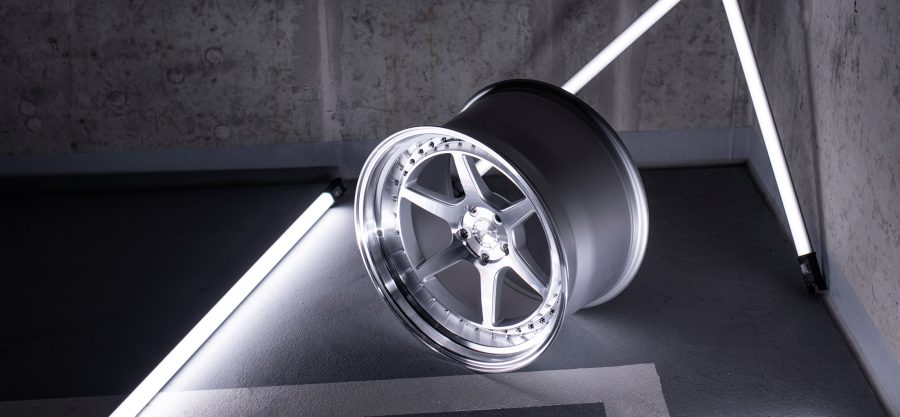Properly installing new tires on your vehicle is a skill that every car owner should master. It not only ensures your safety but also contributes to the optimal performance and longevity of the tires. However, many individuals overlook the importance of following the correct procedures during the installation process. You should not only compare car tires and choose the best option but also know what to do next.
Select the Tire Type
Choosing the right tire type for your vehicle is the first step toward a successful installation. Different types cater to specific driving conditions and preferences. All-season tires offer versatility for year-round driving, while performance tires excel in grip and handling.
Additionally, consider factors like noise level, fuel efficiency, and tread life. Thoroughly research all the options and consult with experts to determine the ideal type for your needs.
Verify the Correct Size
Before purchasing new tires, verify the correct size for your vehicle. Refer to your car’s manual or inspect the sidewall of your existing tires for size information. Typically, a combination of numbers and letters—such as P215/65R16—represents the size.

It indicates the tire’s width, aspect ratio, construction type, and rim diameter. Installing the right-sized tires ensures optimal performance and prevents potential issues with clearance or speedometer accuracy.
Inspect the Wheel Condition
Before beginning the installation process, inspect the condition of your wheels. Ensure they are free from cracks, dents, or excessive corrosion. Damaged wheels can compromise the integrity of the tire fitment and lead to potential issues down the line. If you notice any signs of damage, it’s advisable to have the wheels repaired or replaced before proceeding with the installation.
Utilize Proper Mounting Equipment
To achieve a secure and balanced fit, it’s crucial to utilize proper mounting equipment. A mounting machine provides the necessary leverage and precision for a successful installation.
Follow the manufacturer’s instructions and take the necessary precautions to avoid damaging the tire or wheel during the process. Remember to use mounting lubricants specifically designed for tires to aid in smooth fitting without causing excessive friction or damage.
Apply Even Pressure During Inflation
When inflating the newly fitted tire, ensure even pressure distribution throughout the tire. To achieve the recommended inflation pressure that the tire manufacturer or vehicle manufacturer has specified, use a trustworthy and accurate tire pressure gauge. Avoid overinflating or underinflating, as it can affect the tire’s performance, fuel efficiency, and overall safety.
Regularly Inspect and Maintain Tires
Once the tires are successfully installed, it’s important to establish a routine for regular inspection and maintenance. Monitor tire pressure at least once a month and adjust as needed.
Inspect the tires for any signs of wear, bulges, or cuts that could compromise their integrity. To promote even tread wear and prolong their lifespan, rotate the tires frequently in accordance with the manufacturer’s recommendations.
